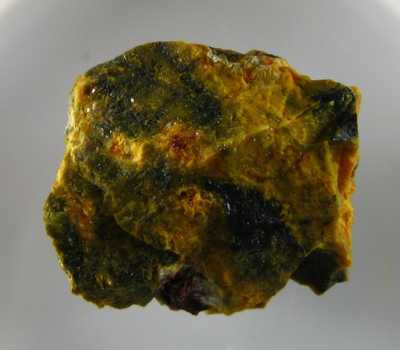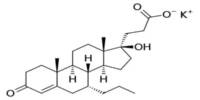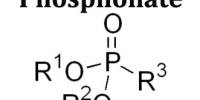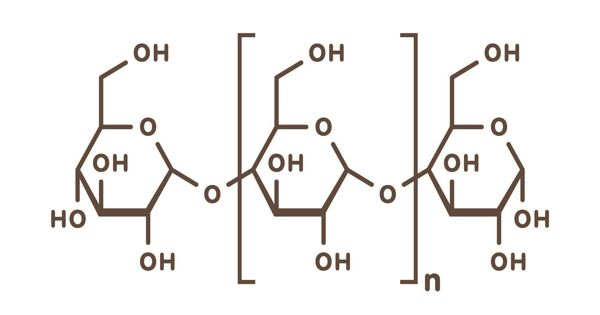Agrinierite, formula- [K2(Ca,Sr)(UO2)3O3(OH)2].5H2O is a mineral often found in the oxidation zone of uranium deposits. It was named for the engineer of the Mineralogy Laboratory of the French Atomic Energy Commission in Paris, Henri Agrinier. It is a rare mineral that can be found only at the Margnac mine in Compreignac in Haute-Vienne, France, where it occurs in an oxidized uranium deposits in association with uranophane and gummite. Agrinierite is highly radioactive.
Identify Agrinierite
It can be identified in the field by its orange color. Its transparent to translucent form has good cleavage. This mineral is non-magnetic and has a resinous-greasy luster.
The density of agrinierite is 5.62 to 5.7 g/cm3.

Physical Properties
- Cleavage: {001} Good
- Color: Orange.
- Density: 5.62 – 5.7, Average = 5.66
- Diaphaneity: Transparent to Translucent
- Habit: Lamellar – Thin laminae producing a lamellar structure.
- Habit: Pseudo Hexagonal – Crystals show a hexagonal outline.
- Luster: Resinous – Greasy
- Magnetism: Nonmagnetic
- Specific Gravity: 5.7
- Crystal System: Orthorhombic
- Density: 5.7 g/cm3 (Measured) and 5.55 g/cm3 (Calculated)
Chemical Properties
- Formula: [K2(Ca,Sr)(UO2)3O3(OH)2].5H2O
- Elements listed: Ca, H, K, O, U – search for minerals with similar chemistry.
Global Distribution
It is distributed mainly in France, at the Margnac mine in Compreignac, Haute-Vienne.
Occurrence and Usefulness
- Agrinierite occurs in the oxidation zone of a uranium deposit.
- It is often associated with minerals such as uranophane and gummite.
Information Source:
















